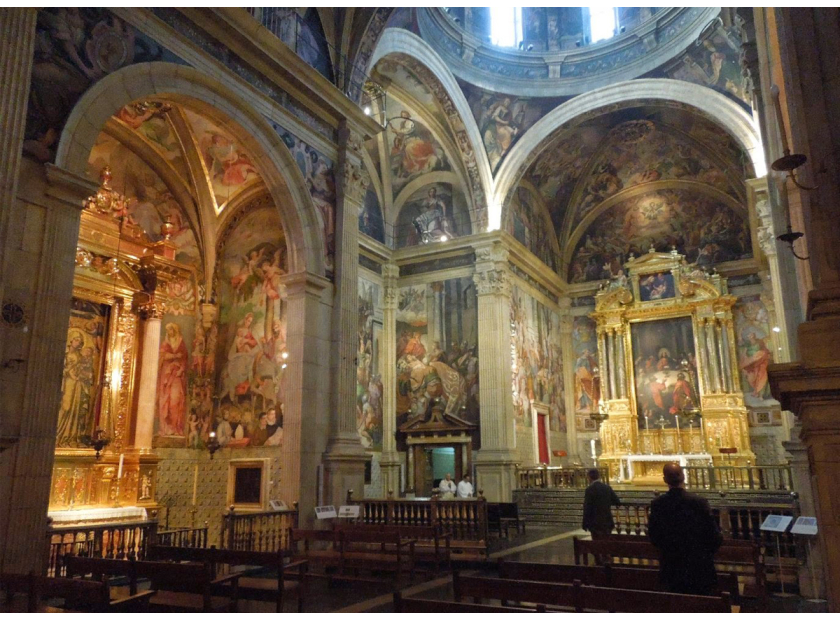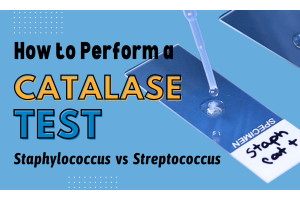Microbial Artisans
Art restoration experts spend countless hours in awkward positions, breathing in harsh chemicals while meticulously cleaning, varnishing, and stippling irreplaceable works of art. A shaky hand or a rough touch could result in the destruction of a priceless work of art. Consequently, students at the Polytechnic University of Valencia’s Institute of Heritage Restoration may have an unlikely alley. In their quest to restore the 17th century frescoes of the Church of Santos Juanes, they have implemented a strain of Pseudomonas stutzeri to replace the toxic chemicals normally used to remove years of grime.
The frescoes at the Church of Santos Juanes, like many historical artifacts, have suffered through the years: the Spanish Civil War brought fire, a botched restoration in the ‘60s added glue, and some irreverent pigeons making nests caused salt blooms. Needless to say, the beauty of these frescoes was hidden under the unforgiving elements of time.
Using bacteria as a means of environmental remediation is not new, but when dealing with sensitive historical works of art, it may seem like risky business. To prep Pseudomonas stutzeri for this task, students raise bacteria in a culture containing some of the very substrates they want to eliminate. Once the bacteria are “trained” to process these materials, they are brushed on to frescoes like a tempera wash. The bacterial wash is then covered by a gel that is heated to create a cozy humid environment that promotes bacterial growth. After the bacteria are allowed sufficient time to munch away at the layers of grime, the surface is then rinsed with water to remove the microorganism and dried. The entire removal process can take as little as 90 minutes and does not require the use of any harsh chemicals.
Helping Spanish frescoes show their true color isn’t bacteria’s only cleaning talent. Archeologists in the EU are also using them to clean the surfaces of stone buildings damaged by atmospheric pollution and weathering. Sites exposed to harsh coastal weather typically exhibit crusts of salt, sulfate or gypsum. A lot of back-breaking work goes into scraping off these crusts, and the process often discolors or damages surfaces. The growing field of bioremediation offers a safer, often more effective alternative to chemical treatment. Much like in the treatment of frescoes, these bacteria are applied directly to the stone surface where they deposit a calcite layer. The calcite layer consolidates mineral surfaces, which are then much easier to remove.
Researchers at the Universita degli Studi di Milano have done similar work on the removal of black gypsum crusts on marble in the Milan Cathedral.(1) This black crust forms from the interaction between a calcareous substrate and pollution in the atmosphere, particularly in humid environments sheltered from rainfall. The chemical transformation of calcite into gypsum combines with mineral and smog deposits and forms a darkened crust, obstructing the marble underneath. In 2007 Dr. Cappitelli et al. published findings comparing two cleaning methods. Two samples were cleaned, one using an ammonium carbonate-EDTA mixture, and the other using Desulfovibrio vulgaris ATCC 29579, a sulfate reducing bacterium. Not only did the procedure involving the microorganism result in a more homogeneous removal of surface deposits, it also did not produce the sodium sulfate residue that chemical procedures do. (1)
Using bioremediation may also have some additional conservation benefits, as the presence of calcite implies microbial calcification activity. Atlas, Gauri, and Chowdhury used Desulfovibrio desulfuricans in a similar manner in their 1988 study. They proposed calcium ions released by gypsum dissolution react with carbonate from bacterially produced CO2 to form calcite. This metabolic conversion is a significant benefit to the structure, making the biological treatment not only a cleaning procedure but also a consolidation treatment.(4) Chemical agents also create this calcite layer; however, there is some evidence that carbonates formed by bacteria are more resistant to mechanical stress and less soluble than inorganic calcite.(2,3)
Using the unique abilities of bacteria to improve not only the safety of those who restore art, but also to preserve these works for longer periods for future generations to enjoy, may shift the way we think about the benefits of microorganisms. When understood and used thoughtfully, microorganisms can be powerful allies in the fight to reduce our dependence on chemicals. In addition, unlocking the potential of microbial metabolism may yield even more powerful and environmentally friendly tools in our arsenal against the elements of time.
- Cappitelli, F., L. Toniolo, A. Sansonetti, D. Gulotta, G. Ranalli, E. Zanardini, C. Sorlini. 2007. Advantages of using microbial technology over traditional chemical technology in removal of black crusts from stone surfaces of historical monuments, Appl. Environ. Microbiol. 73
- Morse, J. W. 1983. The kinetics of calcium carbonate dissolution and precipitation. Rev. Mineral. 11:227–264.
- Rodriguez-Navarro, C., M. Rodriguez-Gallego, K. B. Chekroun, and M. T. Gonzalez-Mun˜oz. 2003. Conservation of ornamental stone by Myxococcus xanthus-induced carbonate biomineralization. Appl. Environ. Microbiol. 69: 2182–2193.
- Atlas, R. M., A. N. Chowdhury, and L. K. Gauri. 1988. Microbial calcification of gypsum-rock and sulfated marble. Stud. Conserv. 33:149–153.
Written by Kate Massey, May 2015.
Kate Mitchell is a Technical Support Specialist at Hardy Diagnostics. She earned her bachelor’s degree in Anthropology and a certificate in Archeology at Southern Oregon University in Ashland, Oregon where she studied the use of mycology to characterize archaeological excavations.







